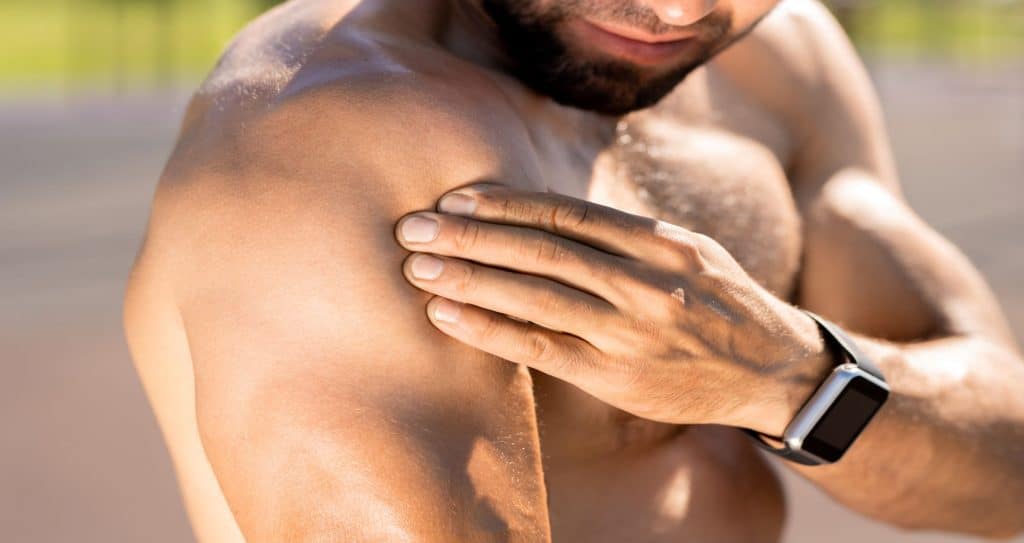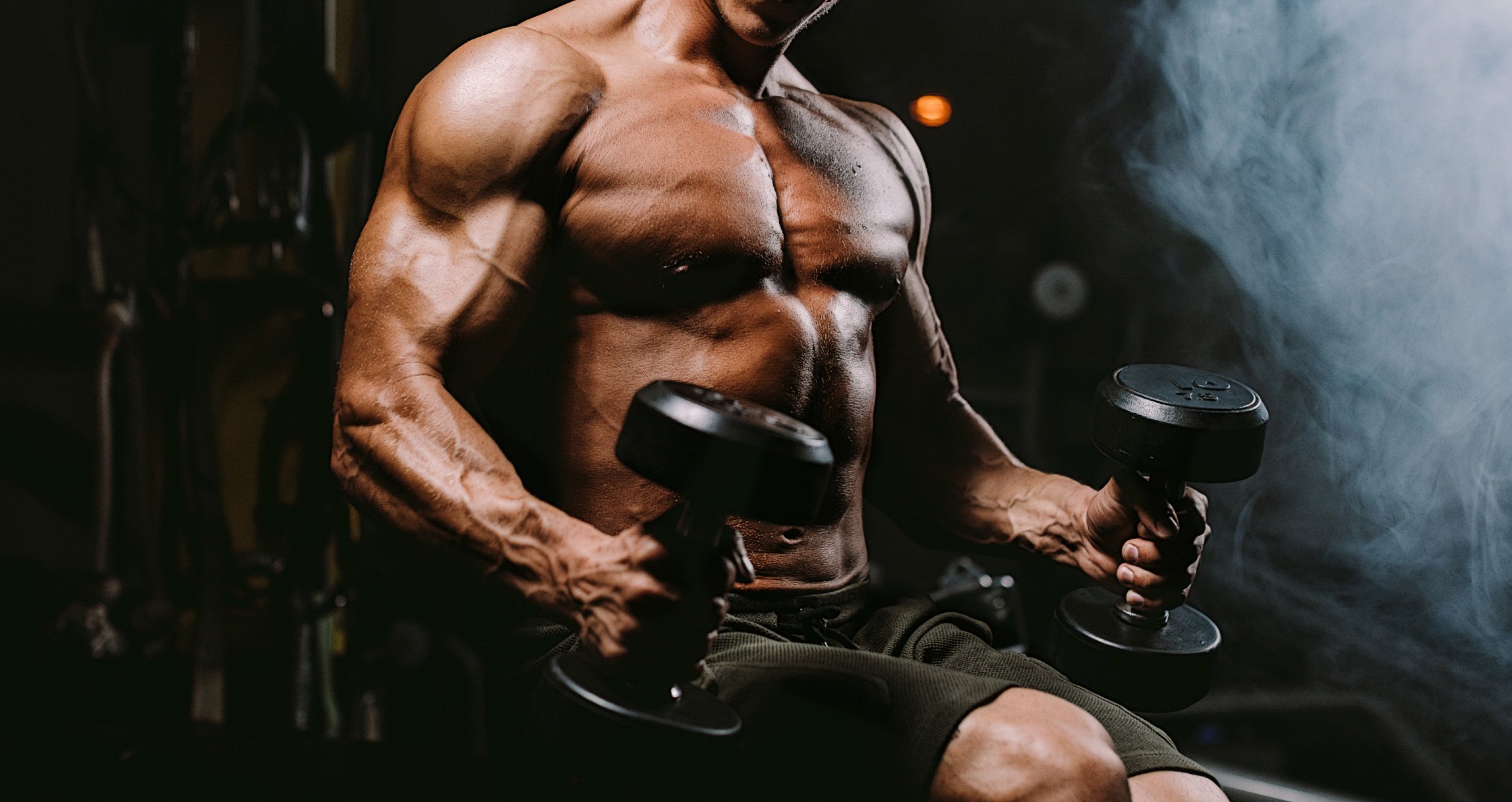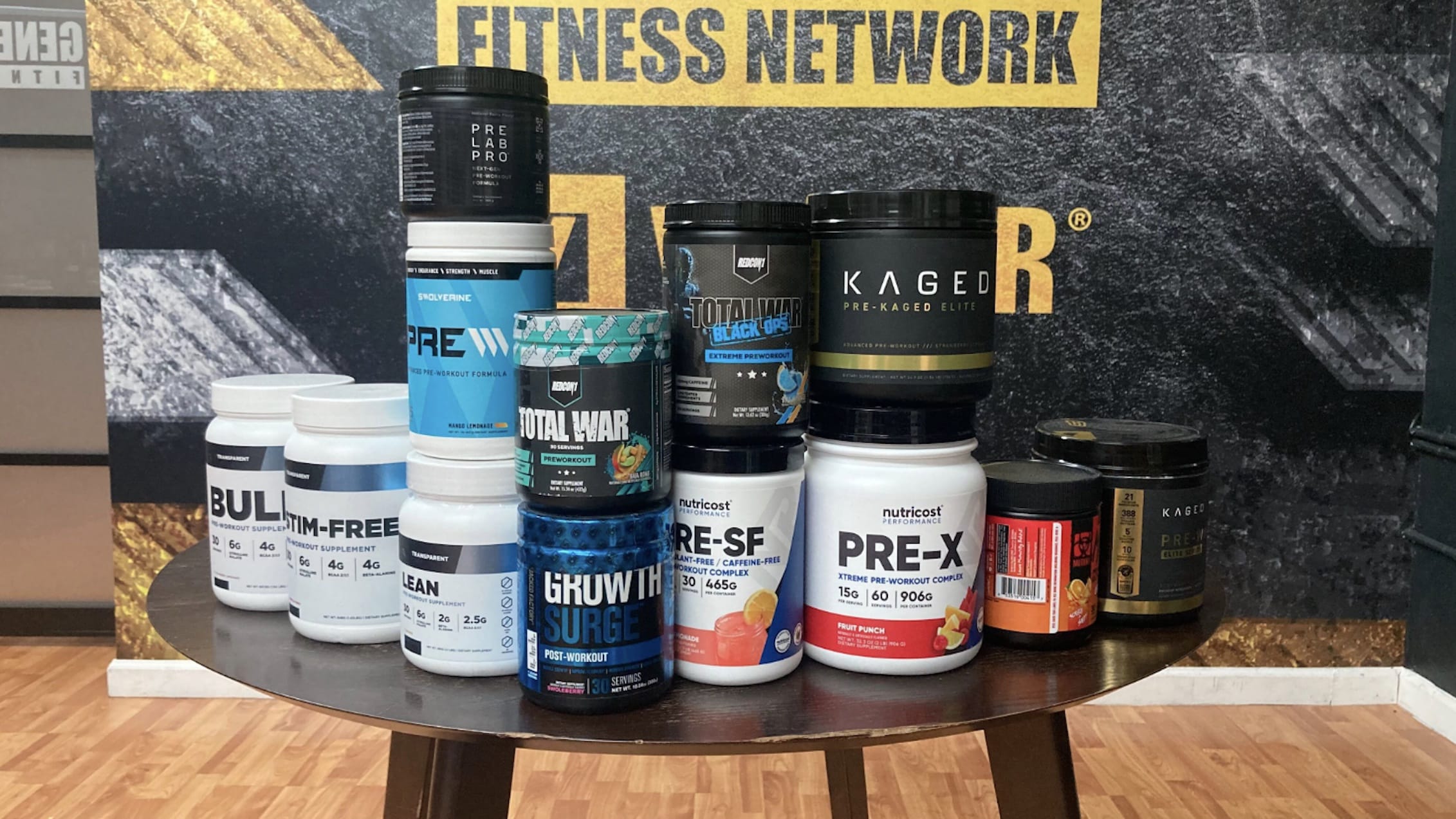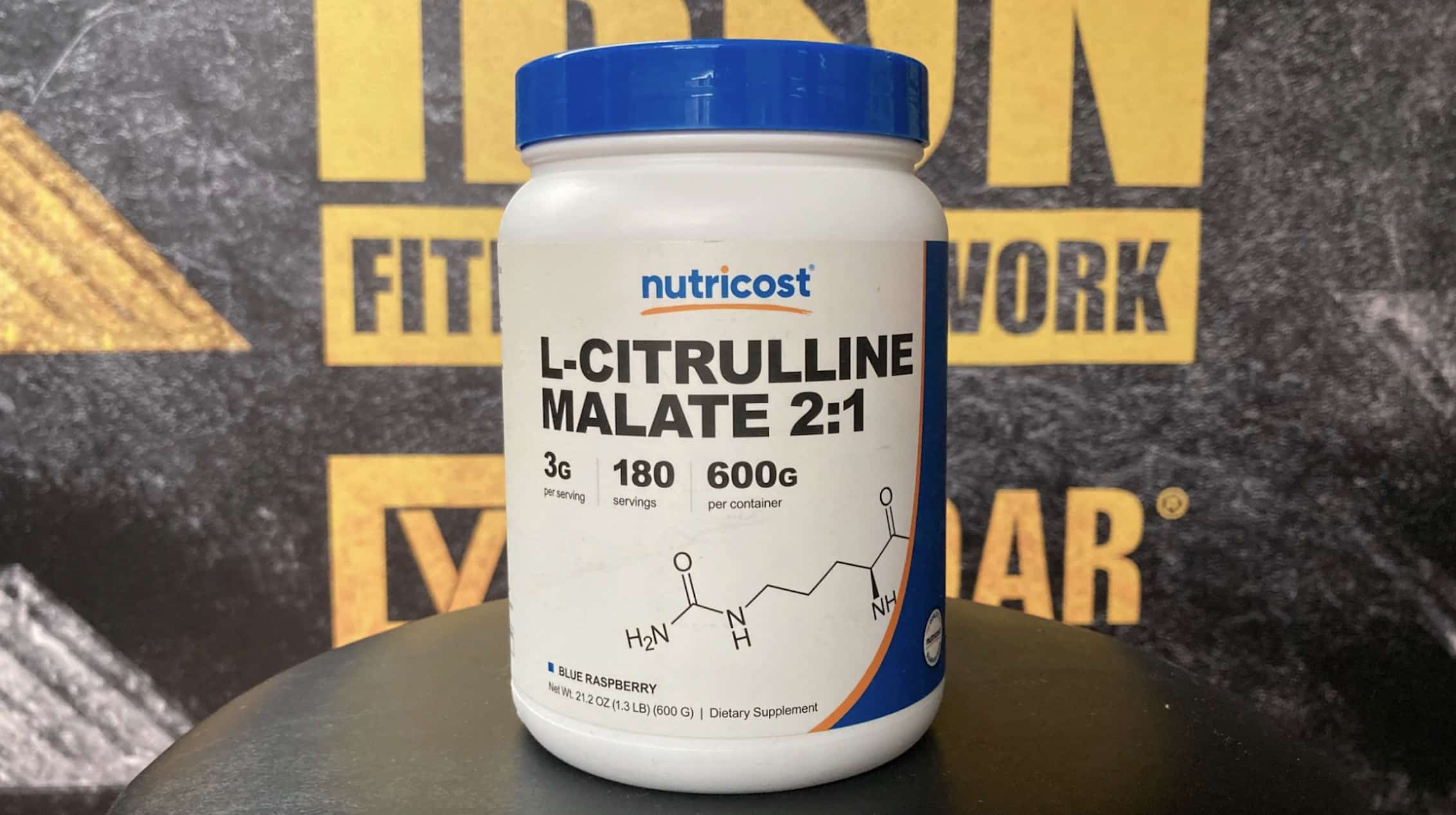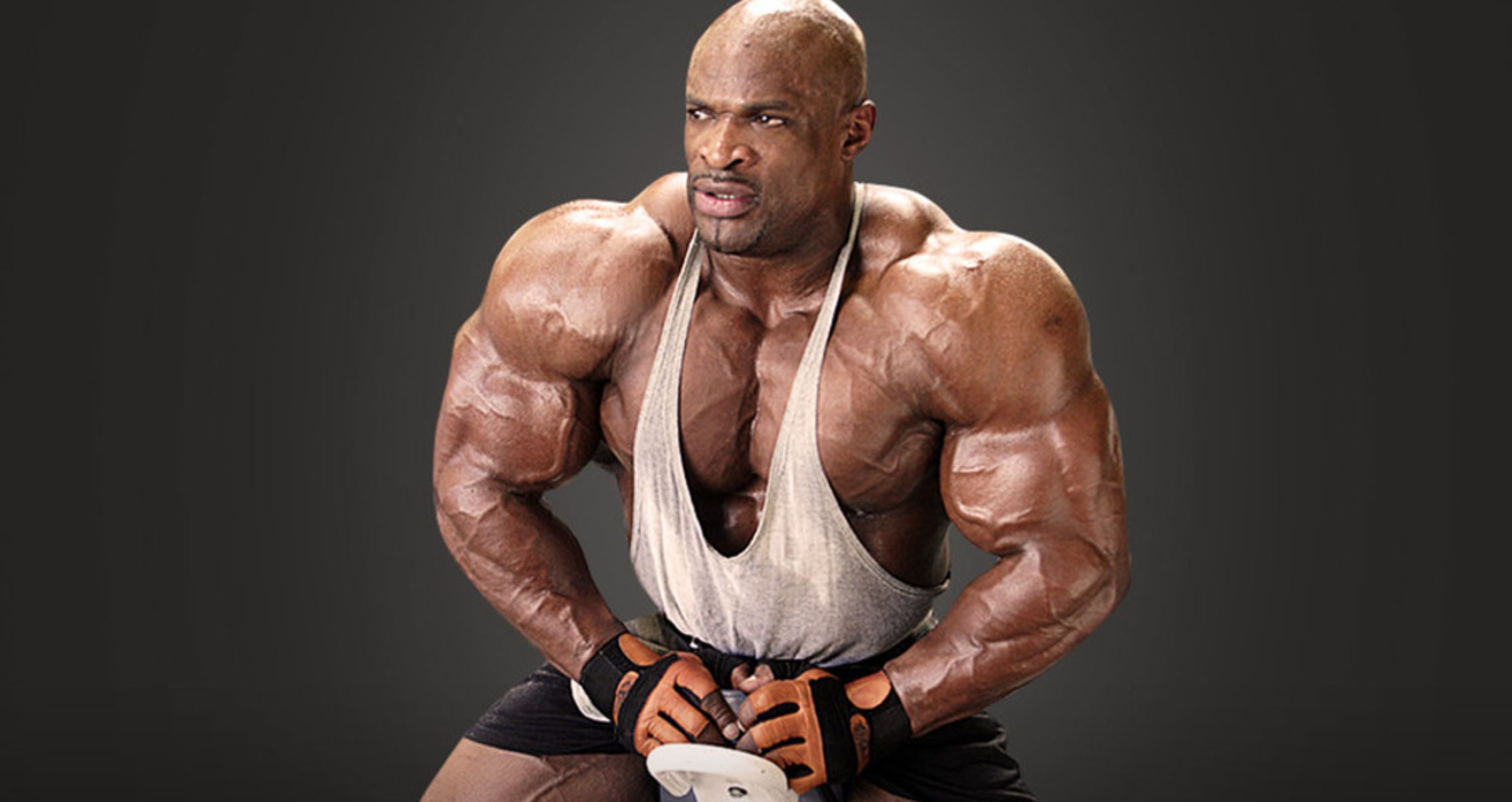Barbell face pulls engage the rear delts with heavier loads.
Pulling exercises are a cornerstone of strength training. They engage multiple muscle groups while improving posture, enhancing movement patterns, and targeting specific muscles. Among the many pulling exercises, barbell face pulls stand out for their effectiveness in targeting the upper body, particularly the rear deltoids—a commonly neglected area in shoulder workouts. By strengthening the rear delts, barbell face pulls contribute to a more balanced and aesthetic shoulder profile and help alleviate pain caused by muscular imbalances in this region.
This article explores barbell face pulls’ benefits, their target muscles, and why they deserve a place in your training routine. You’ll also find a detailed, step-by-step guide to performing this exercise for maximum results. Plus, for those seeking variety in their workout regimen, we’ve included a selection of alternative exercises to keep your training engaging and effective.
Techniques & Muscles Worked
Barbell face pulls use weight training to work your upper back muscles while engaging all three heads of the shoulders. However, performing this exercise emphasizes the posterior or rear delts. Other secondary areas include the biceps, rhomboids, traps, rotator cuffs, and core. Also, this exercise recruits the lats to a certain degree, depending on how you hold the barbell.
If you’re trying this exercise for the first time, we advise you to start by mirroring the movement without weights and then use a non-weighted barbell. This will help you learn the proper movements and prevent injuries.
You can perform the face pull using equipment ranging from cable machines to resistance bands and even dumbbells. However, we’ll show you how to do face pulls using a barbell. This exercise is like a bent-over row or chest-supported T-bar row, but you pull the bar toward your face instead of your chest.
Below is a comprehensive step-by-step guide to how to perform this exercise correctly:
- To help with balance, place your feet at a slightly less-than-shoulder-width stance or in a staggered stance.
- Using a pronated grip, grab the barbell with your hands at slightly more than shoulder-width length and stand straight.
- Slightly bend your knees, brace your core, and slowly hinge at your hips as you bend your body forward until it is almost parallel to the floor.
- Make sure you also keep your back straight and keep your shoulders back. This is your starting position.
- Next, pull the bar slowly towards the direction of your face while you drive your elbows behind you. At the top of this position, squeeze your shoulder blades together and hold for about two to three seconds.
- Reverse the movement to the starting position, slowly controlling the weight to finish one rep.
- Perform this movement for as many reps as you desire.
Benefits
Unlike most typical shoulder exercises, barbell face pulls effectively hit all three heads. However, this isn’t the only benefit of doing this exercise. Check out more of them below.
Build Upper Body Strength
The barbell face pull effectively works your upper body muscles, building muscle mass and strength. This muscle mass contributes to an aesthetically pleasing upper body. It works the three deltoid heads, biceps, traps, rhomboids, and core muscles.
Treat & Prevent Injuries
People who suffer from back pain and shoulder injuries because of poor sitting posture can use this exercise to correct such injuries. This study shows how exercises can reduce pain levels and correct poor posture, making you feel better and improving your quality of life (1).
Great for the Shoulders
Barbell face pulls are great for your shoulders. This exercise uses a full range of motion, which helps improve shoulder mobility, flexibility, and strength. It can also help prevent potential shoulder injuries and strengthen your shoulders for more advanced functional movements.
Improves Posture
Barbell face pulls are good for correcting poor posture. They strengthen your upper back and shoulders and recruit your core muscles. Your core muscles help stabilize your body, especially during exercises. This helps improve your form and posture and also prevents injuries.
Barbell Face Pulls Alternatives
Now that we understand the importance of barbell face pulls to upper body development, it’s also important to note that mixing up your exercises could help prevent a training plateau. Incorporating other exercises to build similar muscles is a great way to optimize your training regimen. Here are a few alternative exercises you can try.
Push-Ups
Push-ups are bodyweight exercises to build similar muscles to barbell face pulls. Push-ups are equipment-free and can be done in any location. You can do various push-up routines depending on which muscles you want to focus more on.
Reverse Flyes
The reverse fly is a resistance training exercise that works the posterior delts, rhomboids, and traps. The ideal equipment for this exercise is a pair of dumbbells, but you can also use a cable machine or a resistance band.
Lat Pulldowns
Lat pulldowns are a strength training exercise that works primarily on the lat muscles, giving you winged-like muscles in the back. This exercise also engages your shoulders, traps, rhomboids, and core muscles.
FAQs
What do barbell face pulls work?
The barbell face pull is a weight training exercise that works multiple upper body muscles, including the shoulders, upper back, biceps, and core muscles. Unlike other shoulder exercises, barbell face pulls work all three heads of the shoulder: the anterior, posterior, and lateral deltoids.
What are the benefits of face pulls?
The barbell face pull offers a plethora of benefits. They’re good for building the upper body muscles and treating and rehabilitating back and shoulder injuries. You can even use it to correct your posture. For more benefits, check the article above.
Should face pulls be heavy or light?
We advise going light when doing barbell face pulls, especially for the first time. This helps you maintain the correct form while doing this exercise and effectively targets the right muscles. Going heavy can recruit other muscles, especially in the lower back.
Follow Generation Iron on Instagram, Facebook, and Twitter for more exercise guides!
Reference
- Kim, D., Cho, M., Park, Y., & Yang, Y. (2015). Effect of an exercise program for posture correction on musculoskeletal pain. Journal of physical therapy science, 27(6), 1791–1794. https://doi.org/10.1589/jpts.27.1791
